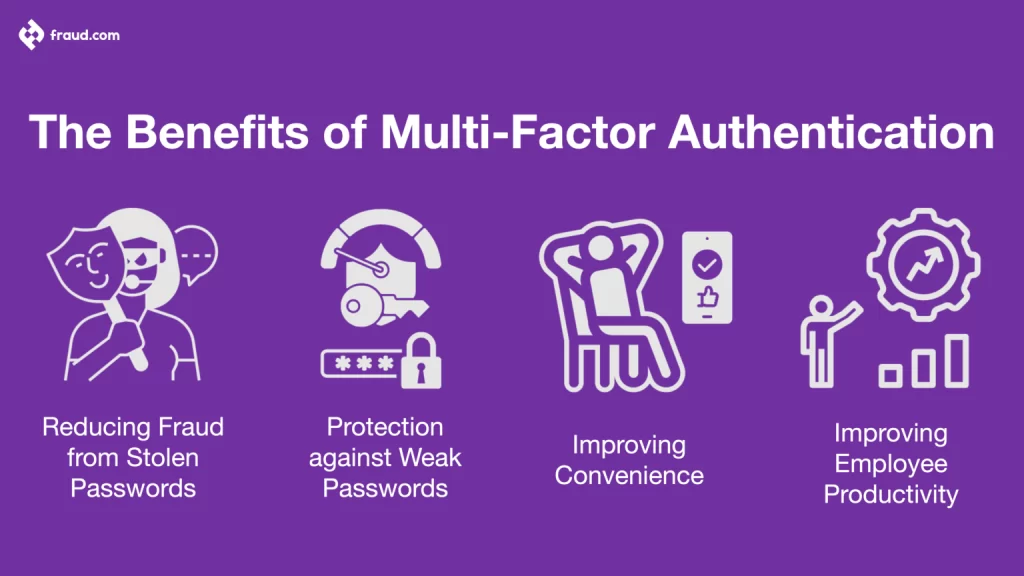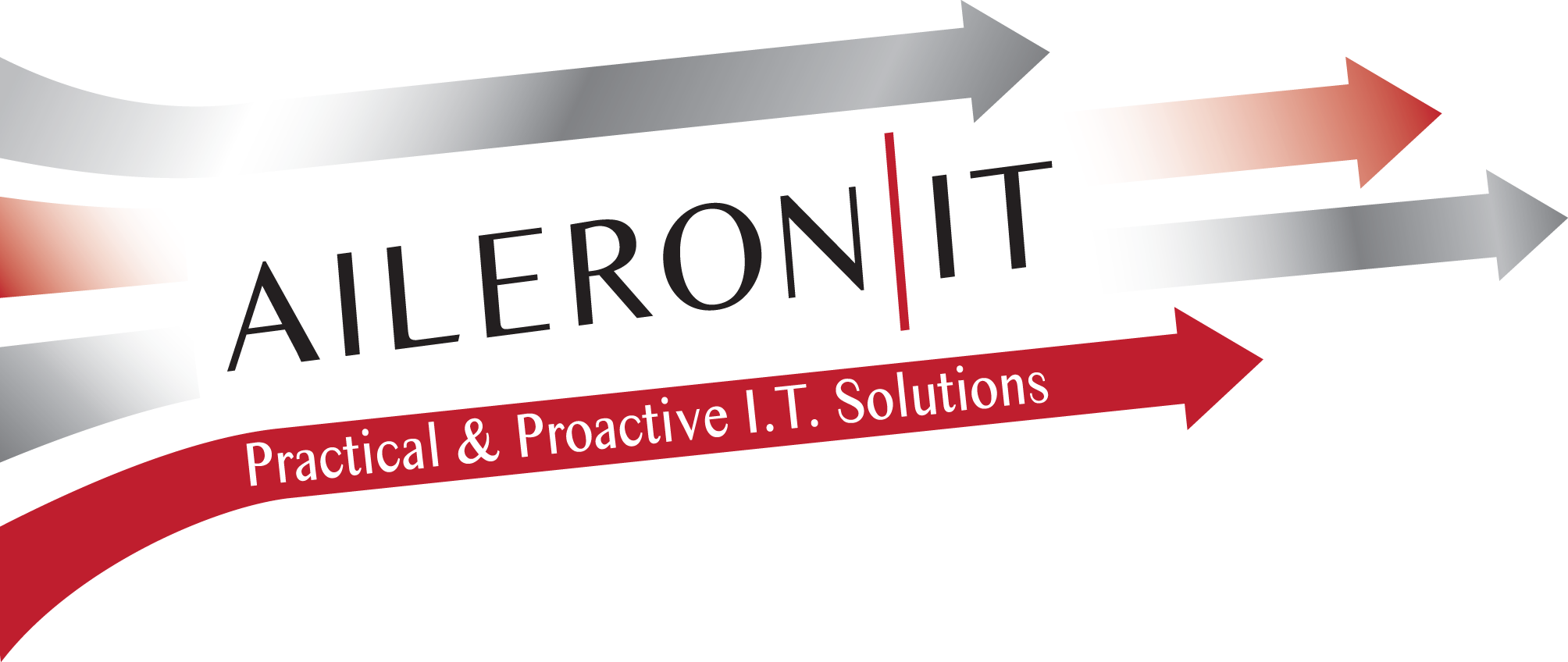What is multi-factor authentication, and why is it important?

Multi-Factor Authentication (MFA) is an authentication method that requires users to provide two or more verification factors to gain access to digital accounts or systems. This approach combines multiple layers of authentication to ensure that only authorized individuals can access sensitive information.
Types of Authentication Factors
MFA typically uses:
- Something You Know: A password, PIN, or security question.
- Something You Have: A smartphone, hardware token, or smart card.
- Something You Are: Biometric factors like fingerprints or facial recognition.
How Multi-Factor Authentication Works
MFA requires two or more of these factors before granting access, reducing the risk of unauthorized entry if one factor is compromised. For example, a user might enter a password and confirm with a code sent to their smartphone.
The Importance of MFA in Today’s Cybersecurity Landscape
- Enhanced Security: MFA adds an extra layer, making it significantly harder for hackers to breach accounts.
- Reduced Risk of Data Breaches: By requiring multiple proofs of identity, MFA protects sensitive data and helps prevent costly data breaches.
- Protection Against Credential Theft: If a password is stolen, additional factors like biometrics prevent hackers from accessing accounts.
Implementing Multi-Factor Authentication in Your Business
To integrate MFA, consider platforms that support it across various applications and educate employees on its use. Additionally, review MFA options that fit your industry’s security needs, like those offering hardware tokens or biometric options.
Conclusion
Multi-Factor Authentication is an essential tool in the fight against cyber threats, offering robust protection against unauthorized access. Adopting MFA as a standard practice in your business will help secure data, protect customer trust, and ensure regulatory compliance.

